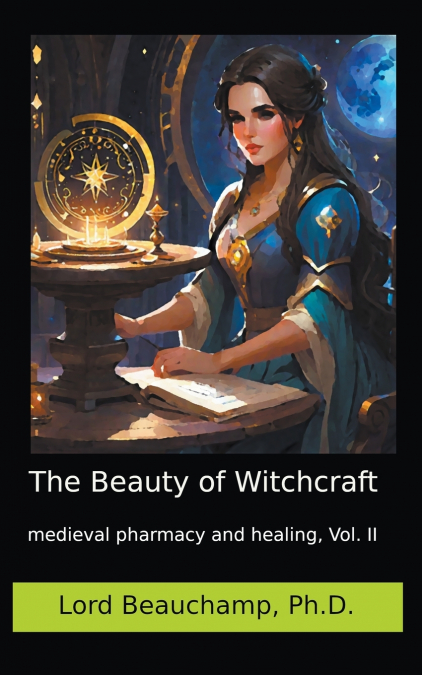
 Librería Perelló (Valencia)
Librería Perelló (Valencia)
 Librería Aciertas (Toledo)
Librería Aciertas (Toledo)
 Librería Elías (Asturias)
Librería Elías (Asturias)
 Donde los libros
Donde los libros
 El AlmaZen del Alquimista (Sevilla)
El AlmaZen del Alquimista (Sevilla)
 Librería Kolima (Madrid)
Librería Kolima (Madrid)
 Librería Proteo (Málaga)
Librería Proteo (Málaga)
The perception and treatment of witches varied throughout different regions and time periods, most of those accused and persecuted as witches were women, and their practices often revolved around folk medicine and healing. During the Middle Ages, the belief in witchcraft was widespread across Europe. The Church played a significant role in shaping the perception of witches, viewing them as practitioners of magic who made pacts with the devil. This belief was reinforced by texts such as the Malleus Maleficarum (Hexenhammer), a notorious manual on witch-hunting published in the late 15th century. Accusations of witchcraft were often driven by a combination of religious, social, and cultural factors. In times of crisis, such as outbreaks of disease, natural disasters, or crop failures, individuals were quick to look for scapegoats, and vulnerable women-often healers or wise women-were frequently targeted. Their knowledge of herbal remedies, midwifery, and folk practices was misunderstood and seen as evidence of dark supernatural powers. It’s important to note that the image of the witch as an evil, malevolent figure was largely a construct of the time. In reality, many of those accused were likely ordinary people practicing traditional forms of healing and folk magic. Their knowledge of herbs and remedies often made them respected figures within their communities. However, the widespread fear and suspicion surrounding witchcraft led to numerous trials, persecutions, and, tragically, executions. Today, there is a growing recognition and reevaluation of the historical treatment of witches. Scholars and historians are working to dispel the misconceptions and myths surrounding witchcraft, highlighting the social and cultural dynamics at play during the medieval period.